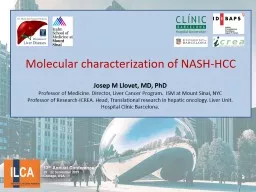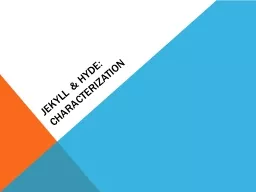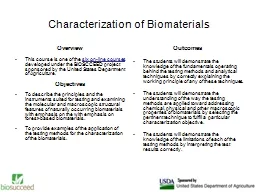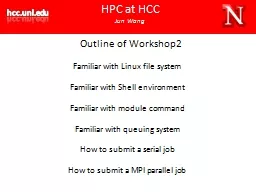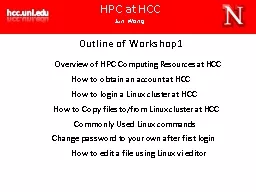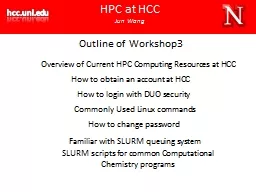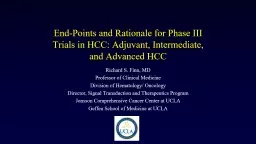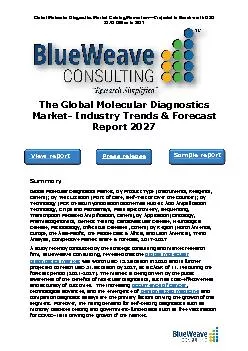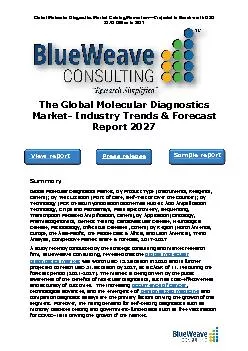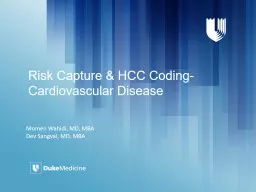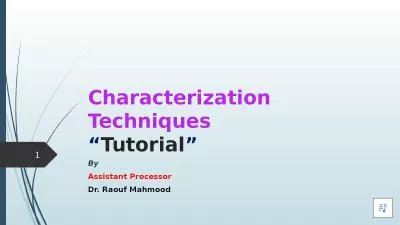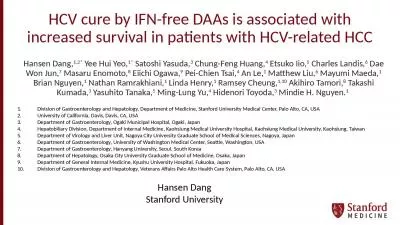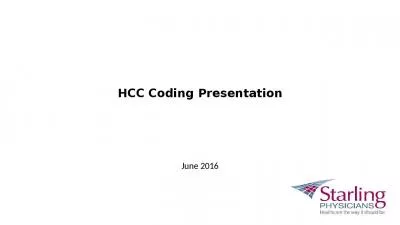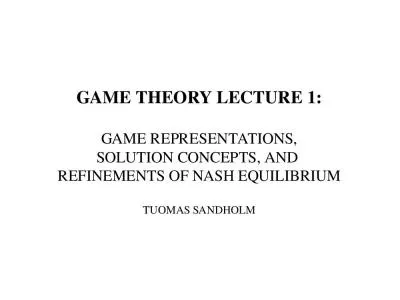PPT-Molecular characterization of NASH-HCC
Author : catherine | Published Date : 2022-06-11
Josep M Llovet MD PhD Professor of Medicine Director Liver Cancer Program ISM at Mount Sinai NYC Professor of ResearchICREA Head Translational research in hepatic
Presentation Embed Code
Download Presentation
Download Presentation The PPT/PDF document "Molecular characterization of NASH-HCC" is the property of its rightful owner. Permission is granted to download and print the materials on this website for personal, non-commercial use only, and to display it on your personal computer provided you do not modify the materials and that you retain all copyright notices contained in the materials. By downloading content from our website, you accept the terms of this agreement.
Molecular characterization of NASH-HCC: Transcript
Download Rules Of Document
"Molecular characterization of NASH-HCC"The content belongs to its owner. You may download and print it for personal use, without modification, and keep all copyright notices. By downloading, you agree to these terms.
Related Documents

